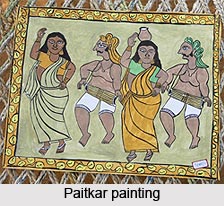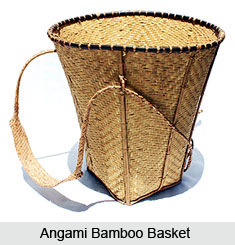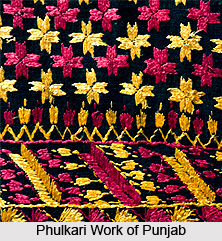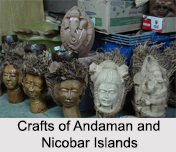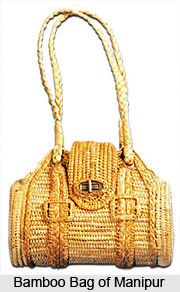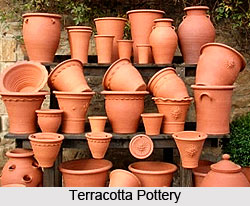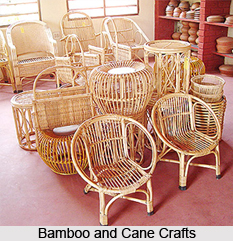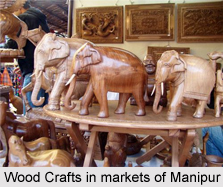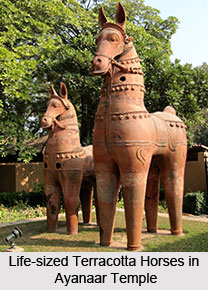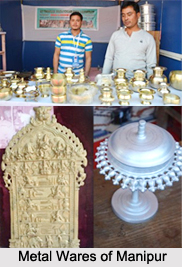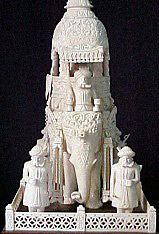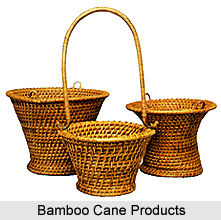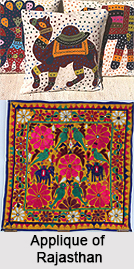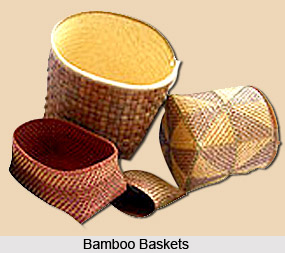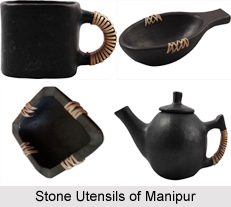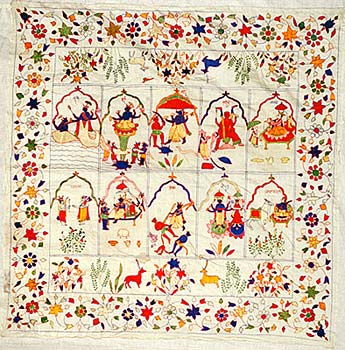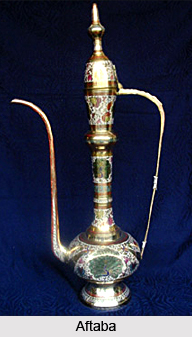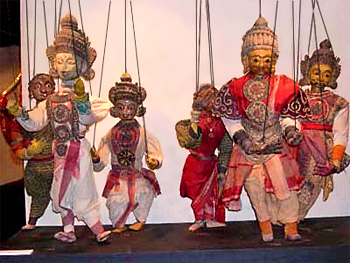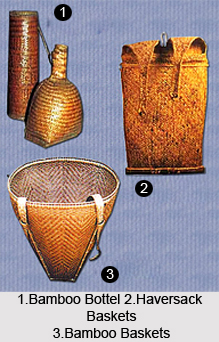 Bamboo and cane crafts of Arunachal Pradesh have a vibrant tradition and every tribe excels in craftsmanship. Bamboo and cane craft of Arunachal Pradesh has achieved importance for its modern and standard craftsmanship. Central Arunachal Pradesh is the provenance of bamboo and cane crafts. The entire region between East Kamang in the West and Lohit in the east has craftsmen from the tribes inhabiting this expansive stretch who are capable of creating marvels in the crafts of bamboo and cane. The tribes like Adis, Bangnis, Apatanis, Mishmis, Hill Miris and Nocts are supreme masters in this craft.
Bamboo and cane crafts of Arunachal Pradesh have a vibrant tradition and every tribe excels in craftsmanship. Bamboo and cane craft of Arunachal Pradesh has achieved importance for its modern and standard craftsmanship. Central Arunachal Pradesh is the provenance of bamboo and cane crafts. The entire region between East Kamang in the West and Lohit in the east has craftsmen from the tribes inhabiting this expansive stretch who are capable of creating marvels in the crafts of bamboo and cane. The tribes like Adis, Bangnis, Apatanis, Mishmis, Hill Miris and Nocts are supreme masters in this craft.
Major parts, responsible for the expansion of bamboo and cane crafts of Arunachal Pradesh are the tribes of the area. They make different types of hats, which are often extremely decorative, adorned with the beaks and feathers of birds or with tufts of hair dyed red including varieties of baskets, bags and other containers. There is a wide assortment of woven and plain cane belts, and in northern Subansiri, tribals have even elaborately woven brassieres of cane and fibre. Moreover, the tribal people make variety of baskets that include conical basket, semi- conical carrying basket, cylindrical basket, flat basket, basket with constricted mouth etc which serve different purposes.
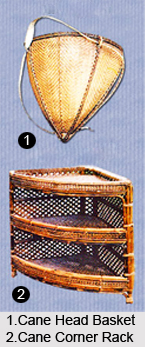 The bamboo and cane crafts of Arunachal Pradesh display an array of items that varies from baskets for storing and carrying paddy, fuel and water to vessels for preparing local liquor, rice plates, bows and arrows, to headgear, mats, shoulder bags, etc. apart from these household and utilitarian items the craftsmen prepare ornaments and necklaces made of fine strips of bamboo and grass and these finely created ornaments are very popular among the tribes as well as the inhabitants of Arunachal Pradesh. The tribal people have been depending on the items made out of bamboo and cane for constructing their dwellings, utensils, furniture, and even weapons such as bows and arrows, spears, armor, and implements like dibbles, hunting and fishing traps.
The bamboo and cane crafts of Arunachal Pradesh display an array of items that varies from baskets for storing and carrying paddy, fuel and water to vessels for preparing local liquor, rice plates, bows and arrows, to headgear, mats, shoulder bags, etc. apart from these household and utilitarian items the craftsmen prepare ornaments and necklaces made of fine strips of bamboo and grass and these finely created ornaments are very popular among the tribes as well as the inhabitants of Arunachal Pradesh. The tribal people have been depending on the items made out of bamboo and cane for constructing their dwellings, utensils, furniture, and even weapons such as bows and arrows, spears, armor, and implements like dibbles, hunting and fishing traps.
The tribes like Bangnis, Apatanis, Hill Miris and Adis are excelled in creating items from bamboo and cane with exclusive and intricate designs. Their creations vary from beautiful baskets, to bags, hats and even jewellery that stand evidence of their skilled craftsmanship. The Monpas and Sherdukpens do make the use of bamboo but not to the extent as in other cultural areas. Basketry is a major craft of Arunachal Pradesh and different baskets or containers are created like baskets, grain holders, rice beer containers, haversacks, food plates, etc. from bamboo and cane. The Apatanis tribes use dyed cane strips for making a kind of waistband which is locally known as `awoo`.
Apart from creating utilitarian items, the tribal people of Arunachal Pradesh, namely the Nishis use bamboo strips dyed in black for creating fashionable hand fans. The Noctes and the Wanchos mostly use dyed cane strips for creating artful headgear, waistband, headband, armlet, anklets etc. which are the instances of their long practised artistry in the field of bamboo and cane craft. Some baskets are used for dancing like dancers` baskets which are decorated with a limited number of dyed strips that are tinted with red, black and yellow. Among the Monpas strips are painted in a variety of colours like red, pink, brown, yellow, green and blue and a blend of different hues are noticeable. Black dye is used among the Nishis and the Bangnis for making hand fans. Moreover, the creations of tribal people of Arunachal Pradesh demonstrate the aesthetic appeal of the bamboo and cane craft.
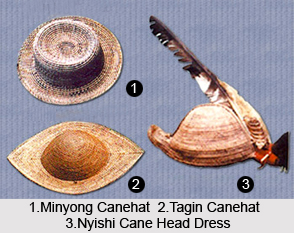 Moreover, the bamboo and cane craft of Arunachal Pradesh show evidence of other items of weaponry like bows and arrows, spears, armor, and implements like dibbles, hunting and fishing traps, mats, cane belts, attractive smoking pipes, combs, mugs, spoons, plates and jugs and trays and vessels etc. In addition to that, the artisans are skilled in creating decorative items which are popular among the tourists of the region. Moreover, the bamboo and cane craft of Arunachal Pradesh include supremacy in making clothes, shawls and other dress materials, jewelry that include necklaces, nose rings and ear rings, made of bamboo and cane. Though the tribes namely Hill Miris, Adis, Monpas, Sherdukpens, Apatanis, Mishmis, Noctes, Wanchos Nishis and Tangas are especially dexterous in making fine, colourful and attractive cane and bamboo items, the Adis and Mishmis are considered good engineers. The 500-feet-long suspension bridge over the Dibang River is the example of the brilliant engineering of the Adis.
Moreover, the bamboo and cane craft of Arunachal Pradesh show evidence of other items of weaponry like bows and arrows, spears, armor, and implements like dibbles, hunting and fishing traps, mats, cane belts, attractive smoking pipes, combs, mugs, spoons, plates and jugs and trays and vessels etc. In addition to that, the artisans are skilled in creating decorative items which are popular among the tourists of the region. Moreover, the bamboo and cane craft of Arunachal Pradesh include supremacy in making clothes, shawls and other dress materials, jewelry that include necklaces, nose rings and ear rings, made of bamboo and cane. Though the tribes namely Hill Miris, Adis, Monpas, Sherdukpens, Apatanis, Mishmis, Noctes, Wanchos Nishis and Tangas are especially dexterous in making fine, colourful and attractive cane and bamboo items, the Adis and Mishmis are considered good engineers. The 500-feet-long suspension bridge over the Dibang River is the example of the brilliant engineering of the Adis.
The bamboo and cane craft of Arunachal Pradesh lavishes an array of other items of home furnishing like chairs, tables, wardrobes, toys, etc. the government has taken initiative to promote the bamboo and cane craft of Arunachal Pradesh by establishing several centres and institutions to manufacture basketry as well as bamboo and cane craft as a whole on a commercial basis. Throughout, the twill and hexagonal, both open and closed techniques of basketry are followed.
The bamboo and cane craft of Arunachal Pradesh evinces rich heritage of arts and crafts of Arunachal Pradesh that adds shades to the affluence of the Indian culture. The texture and shapes of the items made out of bamboo and cane stand exemplary of the skill of the state itself.


